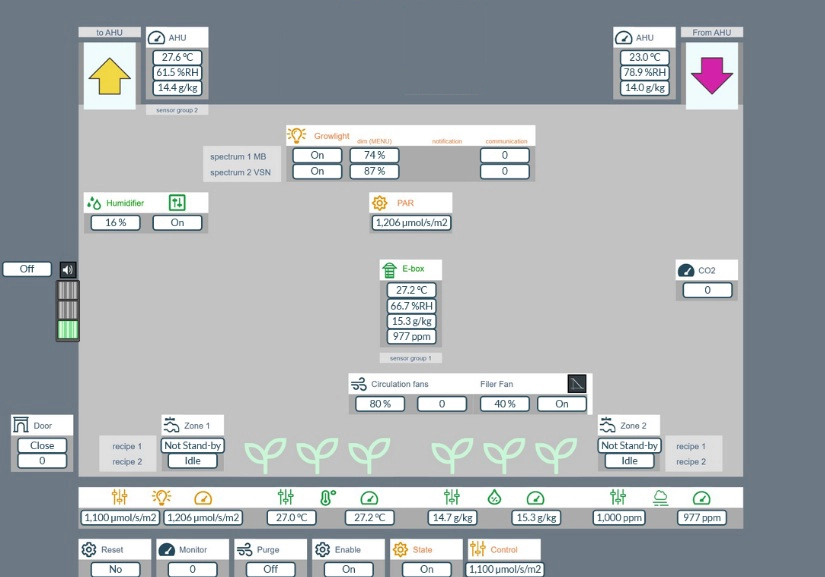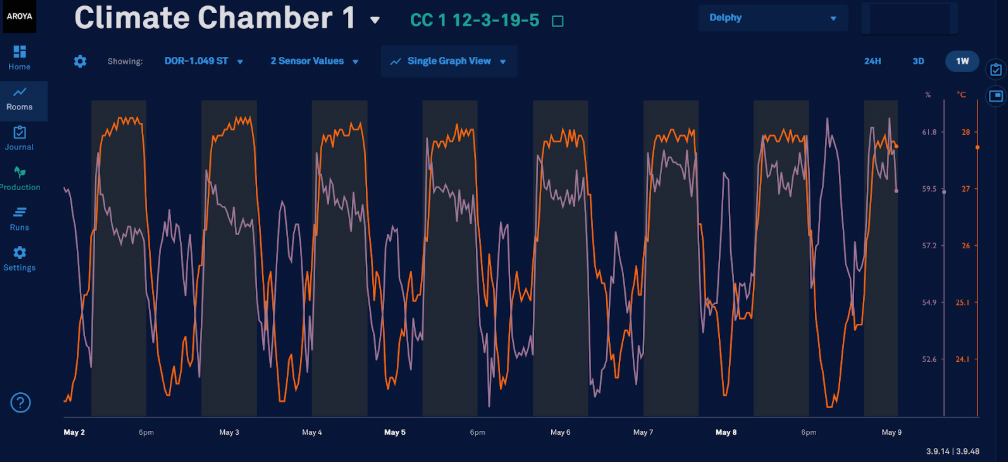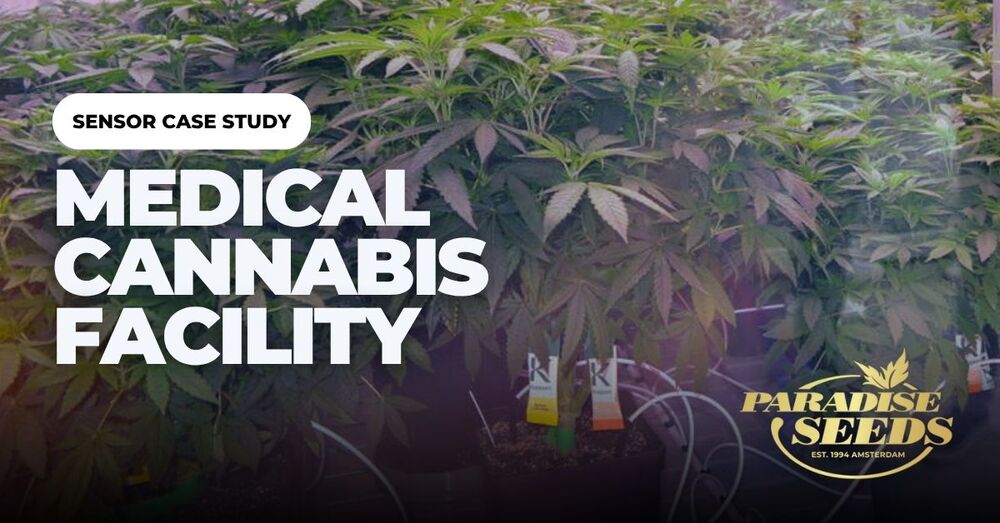This cannabis facility sensor case study comes from the MCPIR facility in the Netherlands, which seeks to discover the optimal conditions for cultivating medical cannabis. The Medical Cannabis Platform for Innovation and Research comprises partners who have technical expertise in aspects connected to each of the different stages of growing cannabis – from breeding cannabis seeds to post-harvest processes. Paradise Seeds is the genetics partner for this project
Contents
Why serious growers rely on sensors
For professional cultivators, sensors transform cannabis growing from trial-and-error into a precise science. By capturing real-time environmental and crop data, growers can:
- Fine-tune operations to maximize yield
- Improve product quality
- Reduce waste
- Achieve consistent results
While installing and maintaining sensors requires investment, the long-term benefits in efficiency and reliability make them indispensable for serious growers.
MCPIR use of cannabis facility sensors
The MCPIR project is designed to run over five years, allowing researchers to gather the long-term data needed to prove how specific adjustments in the cultivation cycle influence outcomes. This evidence-based approach ensures consistency rather than leaving results to chance.
To achieve this, the facility is equipped with a wide range of sensors and actuators supplied by partners such as SpexAI, Priva, and Aroya.
Sensors monitor critical environmental factors, including:
- Light intensity
- Temperature
- Humidity
- pH levels
- Electrical conductivity (EC)
- Soil moisture
All sensor data is displayed to operators in real time, enabling immediate adjustments so plants receive the precise nutrients, light, and climate conditions they need.

Inside the grow chambers, operators use a climate computer to integrate and control all systems. This includes:
- Air circulation
- Temperature
- CO₂ levels
- Humidification
- PAR sensors (light measurement)
- Light timing and intensity
- Irrigation schedules (pH, EC, moisture)
By automatically adjusting fans, lights, CO₂, and humidity, the system ensures a highly stable growing environment. Without sensors, a climate computer, and responsive actuators, such precision would be impossible.

Driving Crop Efficiency with Sensor Data
Substrate sensors track soil parameters such as temperature, moisture, pH, and EC. This data is crucial for optimizing irrigation strategies and ensuring plants thrive under ideal conditions.
For example, soil temperature and humidity readings reveal how plants respond after each irrigation cycle. When analyzed alongside pH and EC data, these insights help growers refine feeding strategies and evaluate varietal performance.
Although such sophisticated climate computer systems may exceed the needs of smaller operations, MCPIR’s sensor-driven approach is expected to pave the way for scalable technologies that will benefit growers of all sizes.
For a deeper dive, see our article: How cannabis cultivation sensors work
Key Takeaways
- Sensors are essential for large-scale and medical cannabis facilities, especially where GACP or GMP standards demand consistent, reliable output.
- For home or small-scale growers, not every sensor is necessary. However, tools to measure temperature, humidity, pH, and EC are strongly recommended.
- Data is the foundation of modern cultivation—without it, growers cannot achieve repeatable, high-quality results.



